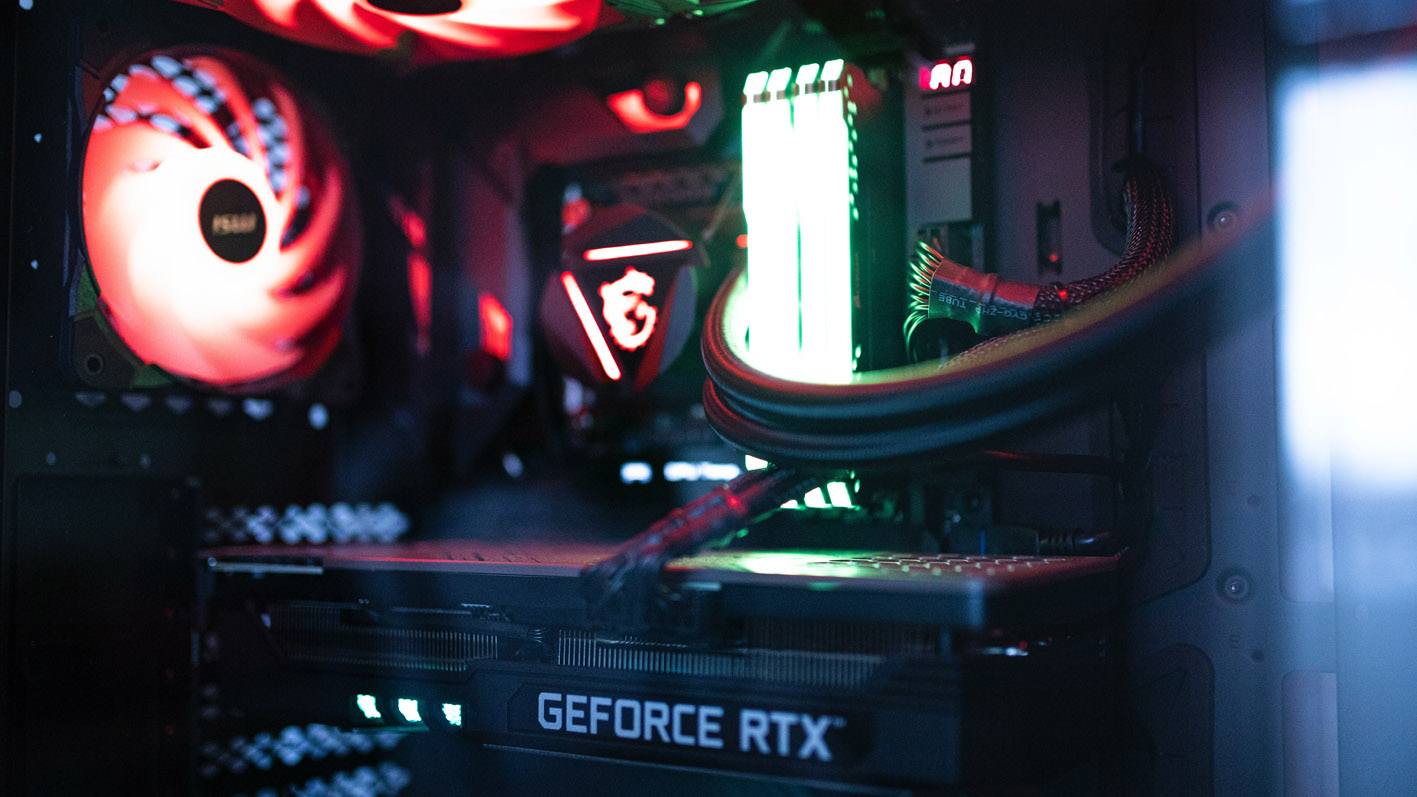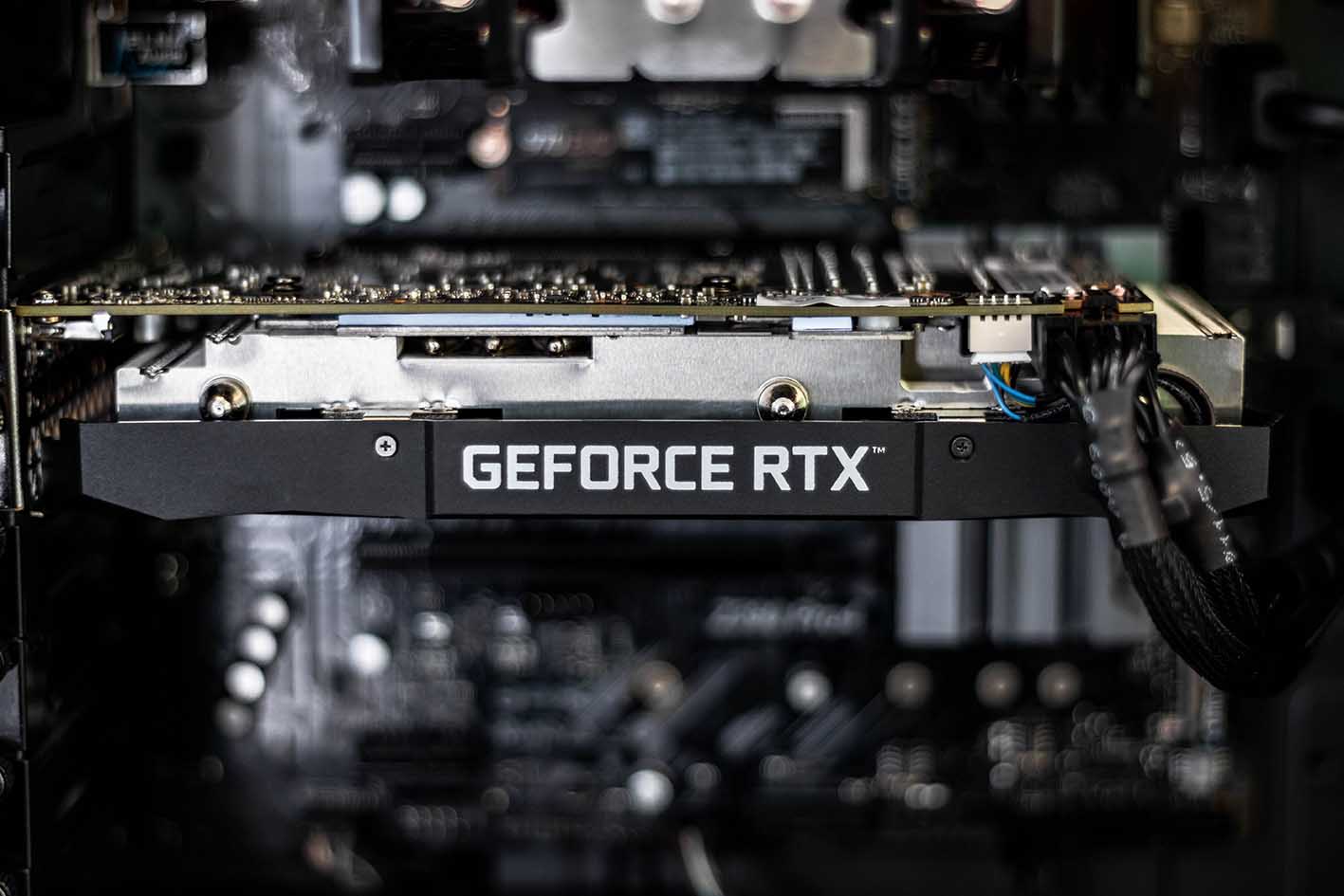Understanding the Differences and Choosing the Right Option of PC Fans
Choosing the correct fan is essential for achieving maximum airflow and effective cooling in your PC. Making an informed choice can be aided by knowing the distinctions between the numerous PC fan types that are available on the market. This post will examine the differences between two common varieties of PC fans, case fans and CPU fans, highlighting their special qualities and advantages to help you select the best cooling option for your PC configuration.
Case Fans
Chassis fans, often referred to as case fans, are essential parts meant to keep the PC case's airflow in check. The purpose of the strategically positioned fans is to provide steady air circulation, which keeps heat from building up and keeps the inside components at a constant temperature. The main distinctions between different case fans are their size, construction quality, noise level, and airflow capacity.
There are several sizes of case fans; the most popular sizes are 120mm and 140mm, however there are smaller and bigger options as well. The fan's airflow capacity, which is expressed in cubic feet per minute (CFM), is generally correlated with its size. Higher CFM ratings are often associated with larger fans, showing their capacity to circulate more air and promote effective cooling. The space within your PC case should be taken into account when choosing a case fan. You should also choose a fan size that fits the dimensions of your case and allows for sufficient airflow to facilitate efficient heat dissipation.
The noise level produced by case fans during operation is an additional important factor to take into account when comparing them. Decibels (dB) are commonly used to quantify noise output; lower dB values correspond to quieter operation. Different case fans use different kinds of bearings, such as rifle bearings, sleeve bearings, and fluid dynamic bearings, which all have an impact on the noise level and lifespan of the fan. Fans with rifle or fluid dynamic bearings often operate more quietly and have longer lifespans than fans with regular sleeve bearings.
Purchasing a case fan made of premium materials guarantees durability and dependable operation. Strong frames and strong blades make fans more resilient to wear and tear, allowing for extended operation without a drop in performance. Fans with anti-vibration functions also contribute to a quieter and more effective cooling system overall by reducing noise and ensuring steady operation.
CPU Fans
The purpose of CPU fans, sometimes called heat sink fans, is to provide cooling for the central processor unit (CPU), which is one of the parts of a computer that generates the most heat. Together, these fans and a heatsink absorb and disperse the heat produced by the CPU while it operates. It's critical to comprehend the primary distinctions among different CPU fans in order to choose the best one for efficiently regulating the temperature of your CPU.
A CPU fan's main purpose is to effectively disperse the heat the CPU generates. To improve heat dissipation efficiency, different CPU fans employ different designs, such as bigger heatsinks, sophisticated fin arrangements, and the usage of heat pipes. During taxing workloads and gaming sessions, choose a CPU fan with an optimised heatsink and an effective heat pipe layout for efficient heat transmission and dissipation, keeping your CPU running at peak temperatures.
The performance of CPU fans is frequently customizable, allowing users to tailor the fan's operation based on their cooling requirements. The fan speed is typically measured in revolutions per minute (RPM). Higher RPM settings often correspond to greater fan speeds, which enhance heat dissipation and boost airflow. Maintaining a peaceful and effective computing environment requires finding a balance between fan speed and noise levels. This may be achieved by adjusting the fan's RPM settings such that it provides sufficient cooling without making undue noise.
To guarantee a snug and appropriate fit, it is crucial to take into account the CPU fan's compatibility with the particular type of CPU socket you have. For a safe installation, various CPU sockets—such as AMD's AM4 and Intel's LGA—require different mounting techniques. Selecting a CPU fan that is compatible with your CPU socket type and has a suitable mounting mechanism is essential to prevent incompatibilities and guarantee a simple installation.
Choosing the right PC fan for your CPU or case depends on a number of aspects, such as compatibility, build quality, heat dissipation efficiency, noise levels, size, and airflow capacity. Making an educated choice requires evaluating these significant variations and comprehending your unique cooling needs. Through a thorough analysis of the distinct characteristics and advantages of both case and CPU fans, you can significantly improve the cooling capacity of your PC and guarantee the best possible performance and life for your expensive hardware components.





